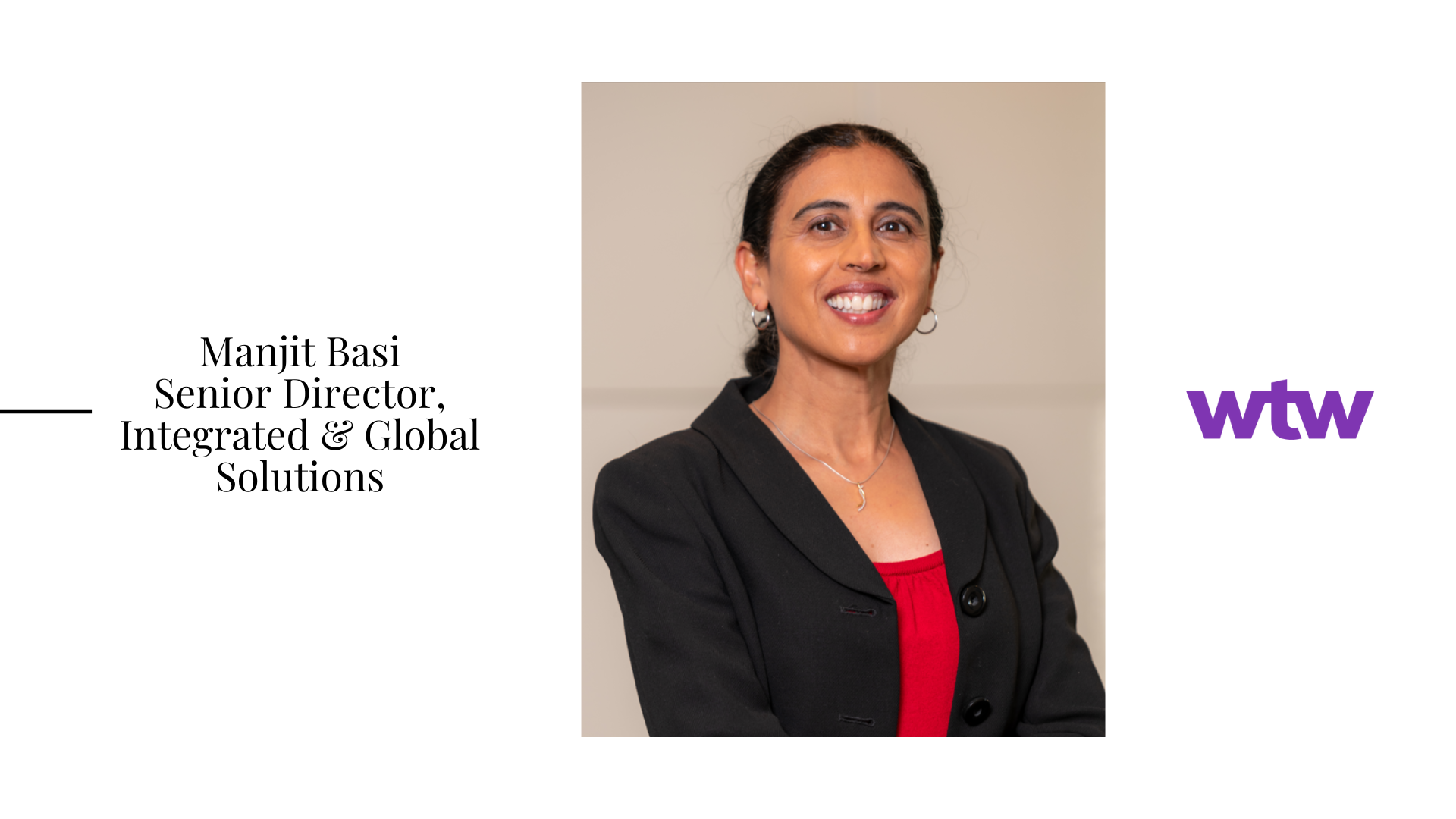The issue of the global gender wealth gap, or the inequitable accumulation of wealth between men and women, has been a longstanding problem throughout the world. While progress has been made in some areas, much work remains to ensure that all individuals, regardless of gender, have equal opportunities to achieve financial stability and accumulate wealth.
In their recent Global Gender Wealth Equity Report, WTW analyzes both quantitative and qualitative aspects of gender wealth equity, with deep dives into 39 countries. The results from their global analysis are shocking.
WTW’s study highlights the startling gender wealth gap across 39 countries globally. According to WTW, the average Wealth Equity Index (WEI) is 0.74, which means that upon retirement, women are expected to only accumulate 74% of the wealth that men have.
It was hypothesized that lower wealth accumulation for women may stem from a number of factors, including:
- Lower pay compared to men (the gender pay gap), contributing to lower savings and less wealth generation for the same workplace roles as men
- Less opportunity for promotion and recognition than men, leading to slower wage growth and less wealth accumulation
- Gaps in career due to women being more likely to temporarily or permanently exit the workforce to fulfill caregiving responsibilities
- Burdens associated with bearing more household and family responsibility even while remaining employed, influencing career and pay and also directly affecting wealth
- Life events such as divorce or becoming widowed and becoming single-earner households, which limit expendable income and wealth accumulation
- Different levels of financial awareness and greater risk aversion when investing
We sat down with Manjit Basi, Senior Director, Integrated & Global Solutions at WTW to expand on those insights.

Manjit, thank you for taking the time to speak with us today. In your recent study, WTW notes that gaps in financial literacy exacerbate the wealth gap. How so?
A lack of financial literacy can lead to women making decisions that adversely impact wealth accumulation. Accumulating wealth over a career life cycle requires a long-term focus, and a lack of financial literacy often leads to shorter-term decisions. Supporting research also shows that women lack the same confidence as men in making investment decisions. This can lead to investor apathy and lack of engagement which can ultimately result in sub-optimal outcomes.
This is a huge issue, but it’s great to see that HR and benefits teams are stepping up to address many of the contributing factors to the gender wealth gap. What are you seeing at WTW in terms of employers offering modern financial wellbeing benefits to help all team members feel financially confident?
We are seeing financial education specifically tailored to women as an emerging solution. That is, programs aimed to enhance women’s confidence which enables informed financial decisions with a longer-term focus. Companies are also setting global financial wellbeing strategies, which are flexible enough to cater to regional and local nuances. These should also align with the company’s holistic wellbeing vision.
What should employers be thinking about when rolling out financial wellbeing benefits on a global scale?
As a starting point, employers should consider employee surveys to gauge the current financial wellbeing of employees, and where efforts are best focused to enhance financial wellbeing. Employers should ensure they have a robust, implementable, and measurable (in terms of expected outcomes) financial wellbeing strategy, which ties into the broader global wellbeing strategy. Employers also need to recognise the support they may need to realise their vision. They should evaluate potential vendors in the wellbeing space based on regional or global reach and alignment with the company's goals and vision.
Technology capabilities should also be considered, given employees are increasingly using wellbeing apps and vendor wellness portals. There should also be a robust governance structure to support decision-making around wellbeing benefits and philosophy, as well as a mechanism to monitor wellbeing outcomes. Targeted communications around wellness benefits are also essential to ensure the best outcomes.
---
LearnLux insights: How can employers take action?
The gender wealth gap is a complex and multifaceted issue that requires a comprehensive approach to address. In the global workplace today, HR and benefits teams are uniquely positioned to address many of these contributing factors.
To begin to close the global gender wealth gap, many companies are exploring how to address different levels of financial awareness and risk aversion by offering financial wellbeing as an employee benefit. Modern financial wellbeing programs are designed to meet each employee where they are, with global capabilities for achieving financial equity across the board.
To further address the issue of gender wealth equity, it is also vital for employers to implement policies that promote equal pay and career advancement opportunities for women. Additional measures such as equal pay legislation, workplace gender diversity initiatives, and targeted recruitment efforts are also important.
Thank you for your insights, Manjit! For more information on supporting holistic employee health with workplace financial wellbeing programs, visit us at LearnLux.com.
